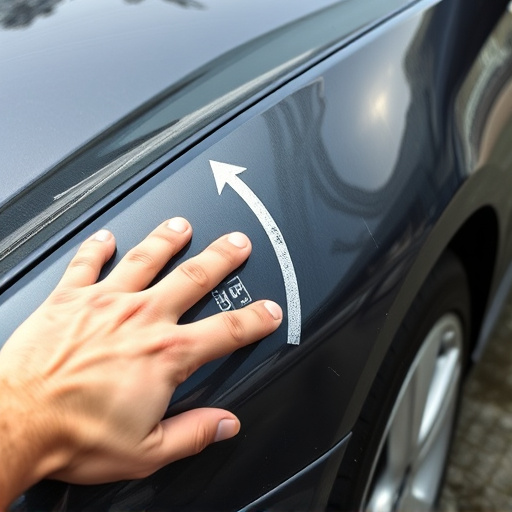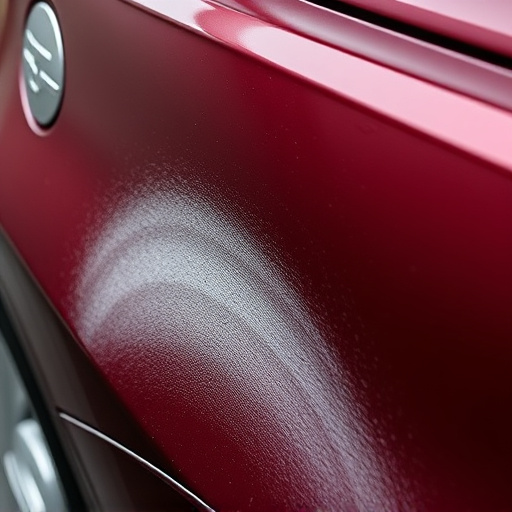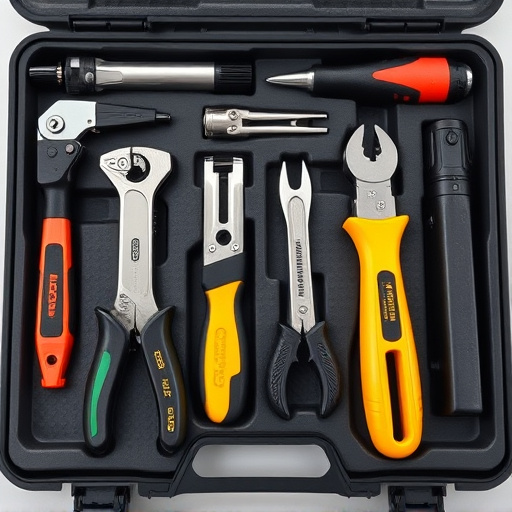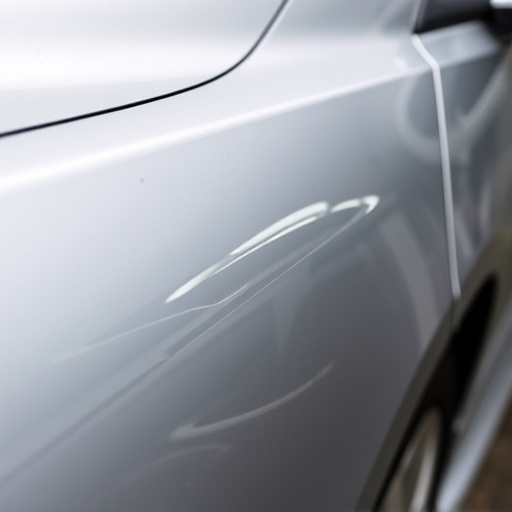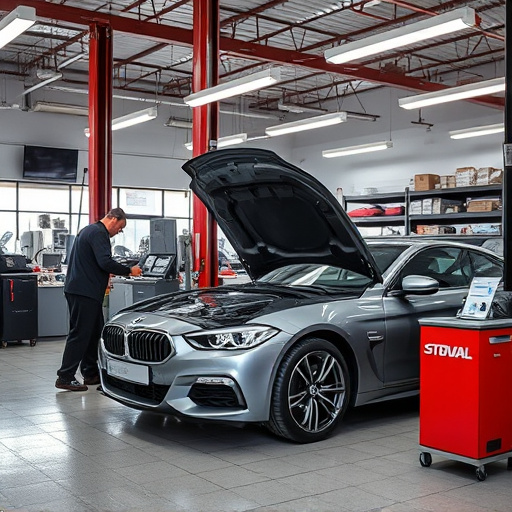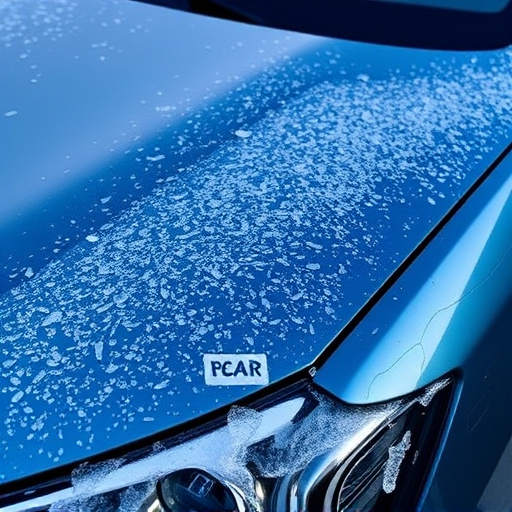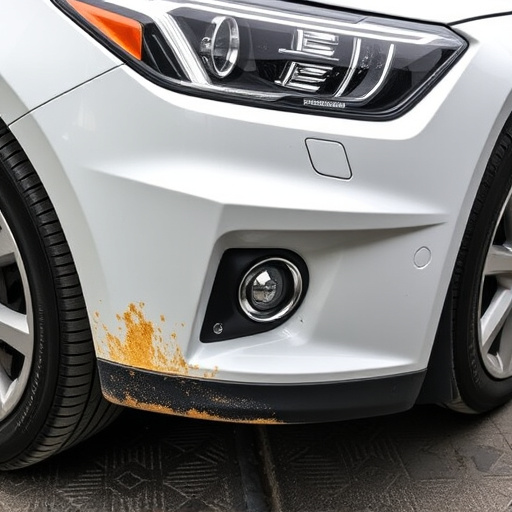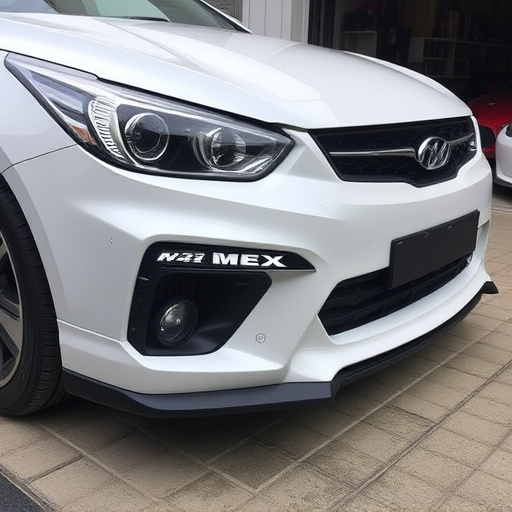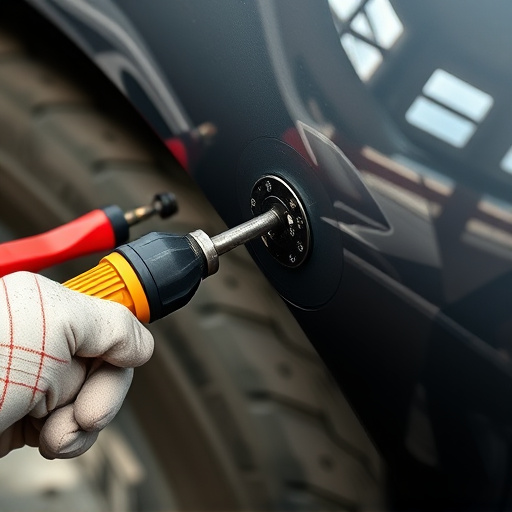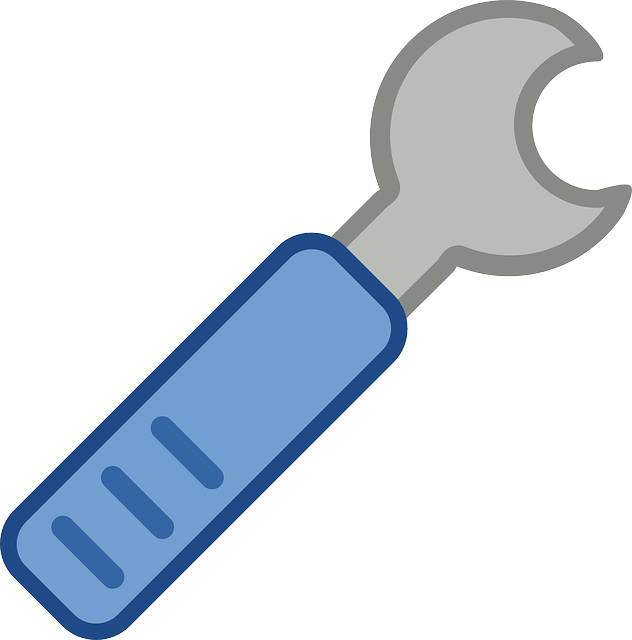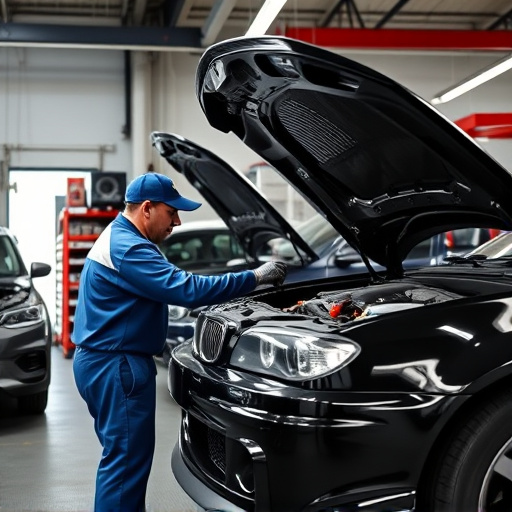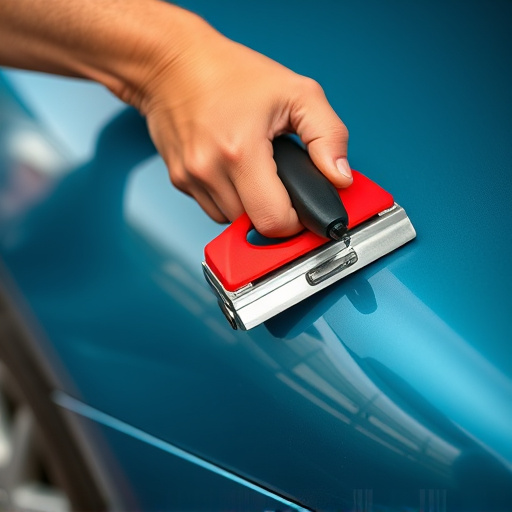Tesla Model S front end repairs demand specialized attention due to its advanced design and integrated ADAS. Skilled technicians use diagnostic tools to assess structural integrity while recalibrating sensors, cameras, and software for optimal performance. Rigorous testing ensures safety features like Autopilot, lane keeping, and automatic emergency braking function accurately after repair, enhancing driver confidence and preventing accidents.
“Uncover the essential steps involved in repairing and calibrating the advanced driver-assistance systems (ADAS) of the Tesla Model S. This comprehensive guide delves into the intricate process, from understanding specific front end repairs unique to this electric vehicle to mastering calibration techniques for optimal performance. We explore tools, methods, and testing procedures to ensure your Tesla’s safety features operate at peak efficiency, enhancing both driver confidence and road safety.”
- Understanding Tesla Model S Front End Repairs
- Tools and Techniques for Calibrating ADAS
- Testing and Optimizing Advanced Safety Features
Understanding Tesla Model S Front End Repairs
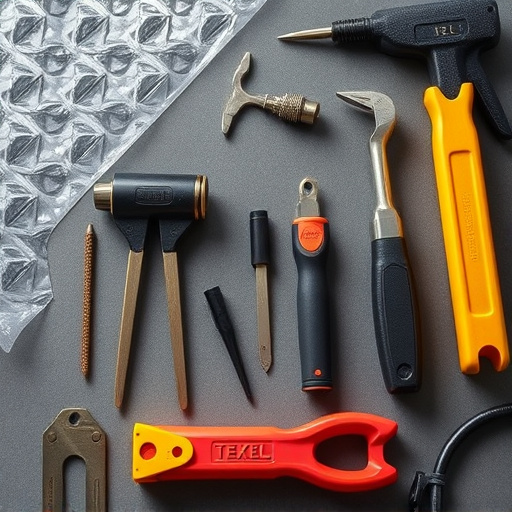
The Tesla Model S, a sleek and advanced electric sedan, requires specialized attention when it comes to front-end repairs due to its unique design and integrated Advanced Driver Assistance Systems (ADAS). When a Tesla Model S is involved in a vehicle collision, the process of repair goes beyond mere car body restoration; it demands a nuanced understanding of both automotive mechanics and the vehicle’s sophisticated electronics. Skilled technicians must calibrate and re-establish the ADAS features, ensuring the safety and efficiency that have become hallmarks of the Tesla brand.
Front-end repairs for the Model S encompass not only repairing physical damage from the collision but also recalibrating sensors, cameras, and software systems integral to its driver-assistance capabilities. This meticulous process involves advanced diagnostic tools to assess the health of various components, including the vehicle’s frame, suspension, and the intricate network of sensors that power its Autopilot and other ADAS features. Effective Tesla Model S front end repair, therefore, is a delicate balance between addressing structural integrity and maintaining the performance and reliability of its cutting-edge technology.
Tools and Techniques for Calibrating ADAS
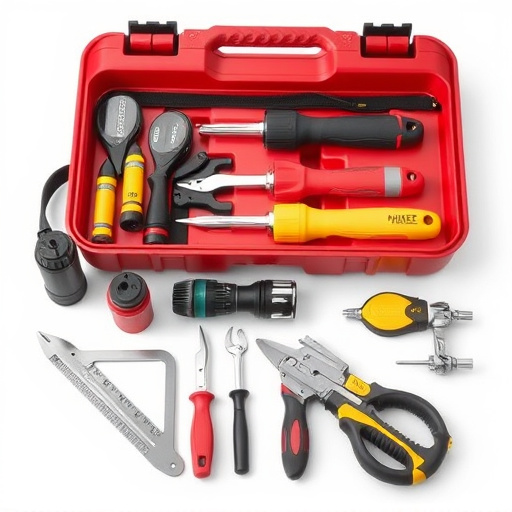
When it comes to calibrating Advanced Driver-Assistance Systems (ADAS) for a Tesla Model S front end repair, the process involves specialized tools and precise techniques. Professionals use diagnostic scanners to interface with the car’s computer systems, allowing them to adjust sensor parameters and ensure optimal performance of features like automatic emergency braking and lane keep assist. These scanners provide real-time data, enabling technicians to make fine adjustments necessary for accurate calibration.
Additionally, high-quality cameras and LiDAR sensors are integral to the process, as they capture detailed images and measurements crucial for ADAS mapping. Just as in automotive collision repair or car scratch repair scenarios, meticulous attention to detail is required to maintain the integrity of the vehicle’s safety features. Proper calibration not only enhances driving safety but also ensures that the Tesla Model S continues to operate at peak performance after front end repairs are completed.
Testing and Optimizing Advanced Safety Features
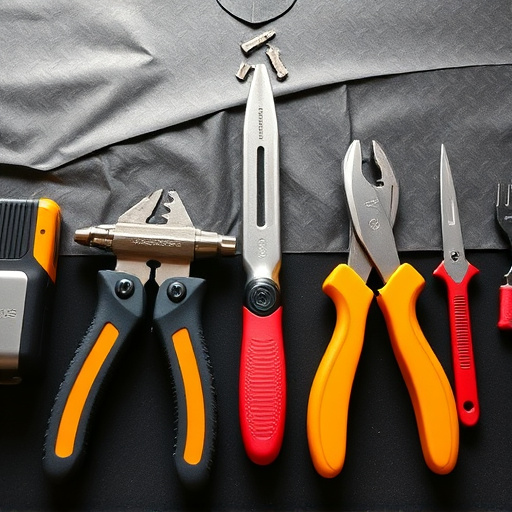
After completing a Tesla Model S front end repair, it’s crucial to thoroughly test and optimize the Advanced Driver Assistance Systems (ADAS) features. This involves calibrating systems like Autopilot, lane keeping, and automatic emergency braking to ensure they function accurately and reliably. Professional automotive repair services specializing in electric vehicles are equipped with the latest diagnostic tools to perform these calibrations precisely.
During the optimization process, technicians will check for any glitches or discrepancies in sensor data, adjust settings as needed, and verify that all ADAS features respond appropriately under various driving conditions. Just like tire services and auto glass replacement contribute to overall vehicle safety and performance, ADAS calibration is essential for enhancing driver confidence and preventing potential accidents.
Repairing and calibrating the front end of a Tesla Model S is crucial for ensuring optimal performance of its advanced driver-assistance systems (ADAS). By understanding the specific tools, techniques, and testing procedures outlined in this article, you can effectively maintain and fine-tune these critical features. Whether tackling routine maintenance or addressing complex issues, mastering Tesla Model S front end repair enables you to keep your vehicle at peak safety and efficiency levels.
